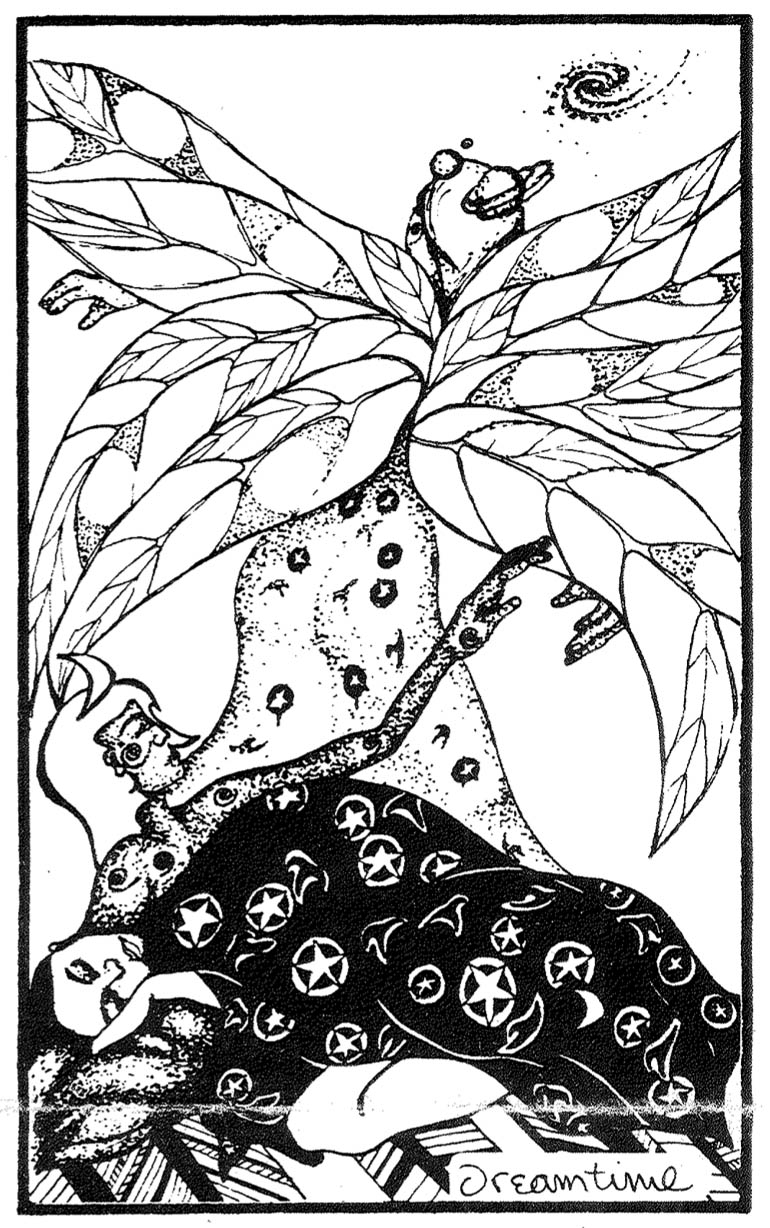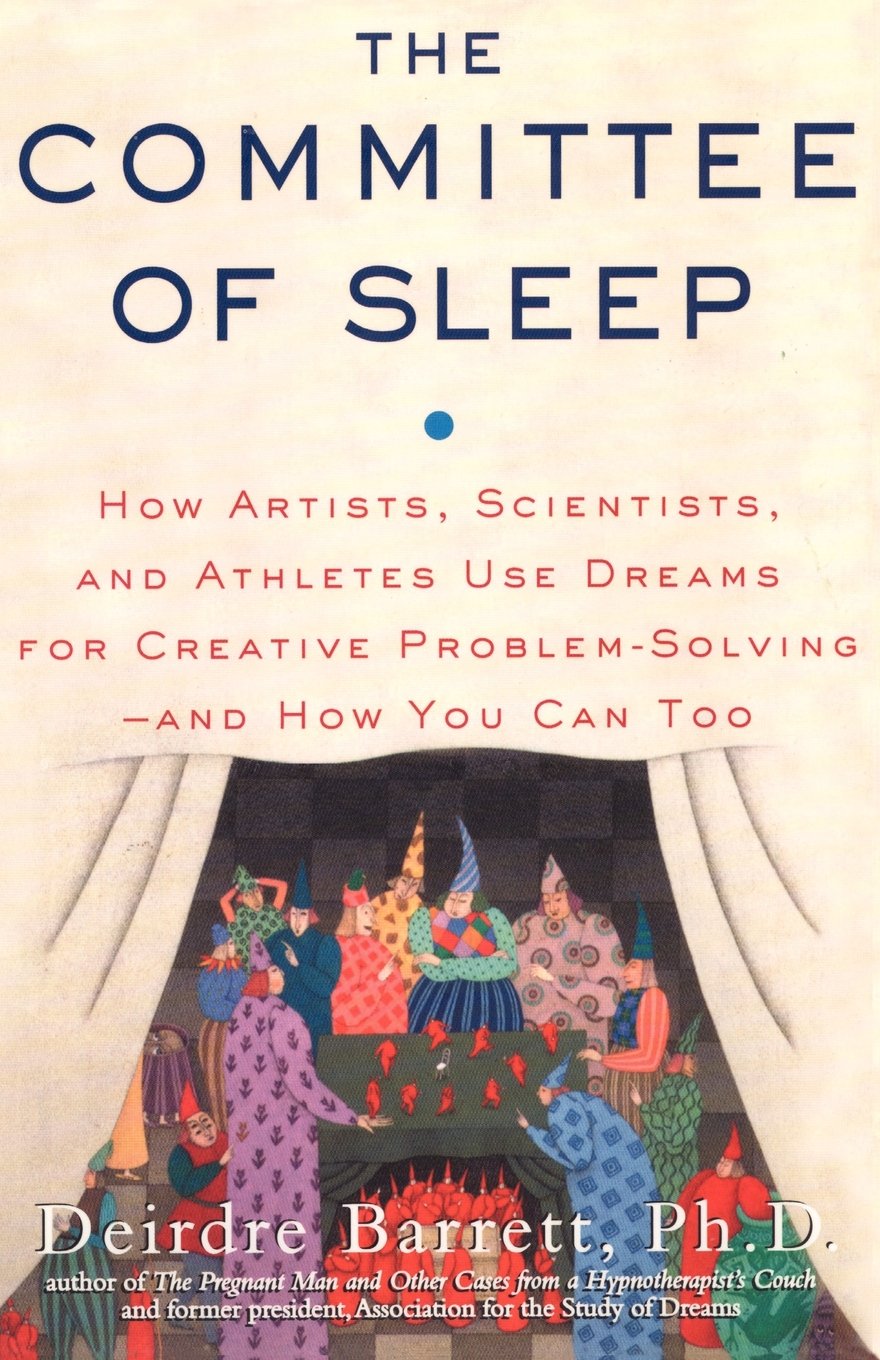The following notes are meant for those interested in processing their own feelings around the USA Attack, public discussions around attack, revenge, war and extreme conflict situations of all sorts.
- How to begin with the Present Situation
- How to Approach Authorities
- The Larger Goal
- The Nature of the Terrorist
- The Nature of the Victim
- How to Bring it all Together
I. How to Begin with the Present Situation (Grief, Anger, Retaliation)
Any dispute or attack may be painful and difficult, but also an opportunity for your community to become a more enriching place for all. It is a chance for you to become a more whole person. Let this problem be an opportunity to realize that conflict is a central, unsolved issue in all cultures.
Whether you must deal with conflict in yourself alone, with others, or face professional dispute work with participants in extreme states of consciousness, remember that any discussion or expressions of feelings about past pain and injury are not only due to past events; they are experiences people have in the present. Now, we are hurting, now we may be retaliating at ourselves or others. Remember that it takes time to grieve and to feel sadness. Thoughts of revenge can be an edge to feeling pain, just as depression can be an edge to anger.
Whatever happens, remember your long time dream of a good life for all, keep this global view while dealing with any given momentary situation. Recognize that anyone who is angry — including yourself— is potentially dangerous. Tread gently. Be careful and don’t forget the outer aggressors are always a mirror image of what you might possibly look like, either now or at another point in your life.
The situation outside is not new; your whole life has been filled with ‘terrorist attacks’ against you, and attacks you have leveled at others. Learn collaboration insights and make processing conflict a habit from now on.
If possible, find the most insightful leader within yourself who is a martial artist, someone who will use her full awareness to follow and not repress issues so that they become terrorist attacks. This is an ‘inner’ someone who can feel all sides; yet not be in conflict herself with herself.
Before going to step II, recall that the world is both inner and outer work. Remember a time when you were repressed by someone and felt pushed into the role of the angry terrorist as a result. Also, please recall how you have done the same to others, how you repressed or would not hear them, and how —as a result —they became upset with you. If you can recall instances in which you became a ‘terrorist’ and caused others to be terrorists, you are prepared for the next step. If you cannot recall such instances, anything you do will not be based upon solid footing, and is less likely to be helpful.
How to Approach ‘Authorities’
Remember you are an authority simply because you consciously went through the previous experiences, a-f. Others may not realize that when they discuss the world situation, they are talking about themselves.
Outer people in authority—such as city and world ‘leaders’— may not have had any awareness training. Tell them in a heartfelt manner that what we’re going to do is both elegant and insightful, both rapid and sustainable—but it will include sensing more than their momentary feelings. The feeling skill to use with people in authority which works best is an appreciation for their dilemma. They’re caught in the crossfire of public life. They must satisfy both those who want revenge and those interested in love.
Whatever you suggest, insist that it is only an addition to what they are already planning, not as a reversal or overthrow of their methods. Remember, mainstream thinking is the way you think when you react without much awareness. So have compassion in all that you do. Now let’s go to the next step.
III. The Larger Goal
Deep in your heart, deep in the quietness of the night, your grandest visions include hope for the future of humanity and the planet earth. Formulate those grand visions now. After thinking of these visions, consider how you can model them in all that you do. Imagine right now using your vision, and see yourself modeling it. A vision works only with a model.
If necessary, amplify your vision with the following ‘addition.’ Nature moves us; our job is to make these movements conscious and useful. Dreams and emotions, love and anger happen. Our job is to guide these feelings so that they enrich our own and everybody else’s life, the life of all sentient beings. This ‘addition’ to your vision implies that life itself is a sacred event, even though it sometimes seems impossible. Life is not just a problem, but a kind of spiritual fighting ring, a temple requiring your utmost ability and wisdom. Nothing less than the grandest part of you is needed in an ultimate situation. The present moment is an opportunity, not only a threatening catastrophe. With this view, we can now go to the next step.
IV. The Nature of the ‘Terrorist’
The biggest problem for most of us will be to comprehend the nature of the energy and motivations of the terrorist. When you or I or anyone else becomes an angry terrorist wanting to hurt or retaliate without feeling for those who are being hurt, we are revealing something all of us human beings have experienced at one time or another. The point is that the terrorist is not unknown to you. She or he is who you become in injured states of consciousness.
A central aspect of the terrorist is the ‘freedom fighter,’ someone who wants a newer, better, and just world for herself and her own. Another aspect of the terrorist is the spiritual seeker who has found a goal that is greater than life itself, something that makes even her own life, or its sacrifice, insignificant. That is why threats of imprisonment or counter attack, never deter terrorists. Still another aspect of terrorism is terror itself. The terrorist has transformed fear into fury. Fear, terror, and anger are very close. Terror is often due to the fear of being hurt by an omnipotent aggressor. Anger comes from the sweet feeling of revenge mixed with the ecstatic power of aggression, which feels to the aggressor as the opposite to victimhood.
In a way, the terrorist has inadvertently become a mirror image of the thing she or he hates the most. She or he is a product of hopelessness, created in part by everybody else’s misunderstanding of who she or he is and what she or he stands for. Now let’s go to the next step.
V. The Nature of the ‘Victim’
The ‘victim’ (or in the case of Sept. 11, 2001 attack on the U.S, the one with more overt political, social or military power) is the ‘aggressor’ in the mind of the terrorist. The ‘victim’ is the ‘innocent’ one who has been attacked, and who identifies as being a victim. Now what we are going to say must be understood with compassion. The victim is the one who uses and remains in her victimhood to ease the guilt of being unconscious of her role in creating or at least collaborating in creating terrorism. The victim is in one way, partly responsible for the attack. She did not notice, she ignored or was unwilling or unable to face the terrorist, to hear her unhappiness, even when the signals of discontent were still mild or at least moderate and non destructive.
Consistent ignoring, repressing, dominating, and feeling you are better than someone else creates a false sense of peace, then come more rules, laws, police, military, and finally more war. This is not a criticism of the so-called victim, it’s really a compassionate embracing and understanding of unconsciousness followed by a supportive nudge to wake up. Nothing ever happens out of the clear blue sky. The clouds were thick for days, months, decades, and in some cases centuries while everyone pretended it was a sunny day.
Insights about the roles of the terrorist and victim can usually occur only with hindsight. In dealing with a victim (or a terrorist), we need at first to accept that she identifies herself as the innocent bystander. Then we must be ready to understand the victim’s deadly intent; retaliate and destroy the terrorist. Only after having had compassion with this one-sidedness, can we go to the next step. It is our experience that as long as you feel spiritually superior to the ‘victim’s’ (or the terrorist’s) aggressiveness, you should not try to help. Instead, realize that you too need help. You too are waging a kind of war and add to, but do not solve the problem. When you are ready, please go to the next step.
VI. How to Bring It All Together
If you’re not able to directly influence the military or negotiate at the peace tables, be a mayor or a president, you can still speak up in your group, your house of worship, on email, in local papers and with your neighbor next door. Know that war is everywhere, not just on a given battlefield. Terror is anytime you think about it. Your inner and outer work are all forms of ‘Worldwork’ touching a global field which influences a few or many individuals not only directly, but everyone indirectly through the quantum waves of non-locality.
After finding your inward center, a source of quietness in the midst of movement, try the following. Using your knowledge of the terrorist and victim, speak for, feel for, and act out each side, one at a time. If you do it alone, it’s inner work. When done with others, this is group work. Do it on TV. It’s Worldwork. As the terrorist, speak of your hatred, speak of history. Speak of the things you stand for which are more important than your personal life. Don’t just act or play this out. This is not only roleplay. Let it be authentic, a deep and penetrating dance moving your body. Be a shaman and experience shape shifting into the nature of the forces of this universe. Feel the terrorist’s body and notice how the words coming from her/his mouth come from the marrow of your bones. Go deeply and way beyond anything you’ve ever done before. Use your awareness and let your feelings go to infinity. When this feels done, switch sides.
Speak as the tortured ‘victim.’ Vehemently warn about your imminent retaliation. Describe all the personal and social privileges you know about, speak of your desire for peaceful, quiet, and loving relationships. Now go deeper. If you’re playing the US, get to the essence of New York. Not just the empire state building, but the lantern held proudly by that democratic spirit called the Statue of Liberty. Remember yourself as a dream of that home, an open door for those who have been oppressed. After admitting that you have not always been able to live that dream, remember your grandest vision and striving for democracy. Look into the roots of your heart and speak for 250 million people about the glimmer of hope that holds them together, a filament of light making them sometimes an unconscious monster but potentially an open heart, ready to accept anything, even those who have attacked her. If you could say this with honesty, to yourself, to others, to the papers and the TV, you have gone beyond the USA to the roots of democracy. Now it is time to go on.
If you do this with others, amazing and unpredictable things may happen among participants. Carry on this conversation for a maximum of two hours, then let go and say goodbye to all the spirits on your inner or outer stages. Go home and think it over. As many things happen in silence as they do in public. There is much more to do. There’s a song to be sung about freedom and life, a dance and theater needing to recapitulate the essence of this world drama and the dream like realities unfolding before our amazed eyes. There are more dreams to dream on, the future to work with. Thank you for trying. We recognize this is too general to be used as such, but hopefully broad enough to inspire your engagement. ✡
(See Arny’s Sitting in the Fire for more in-depth information.)








